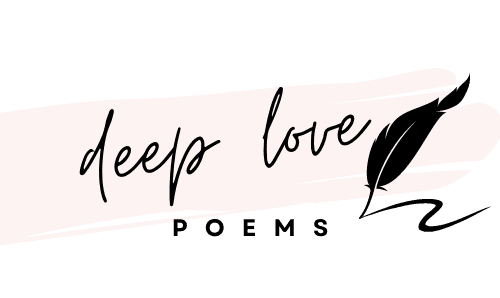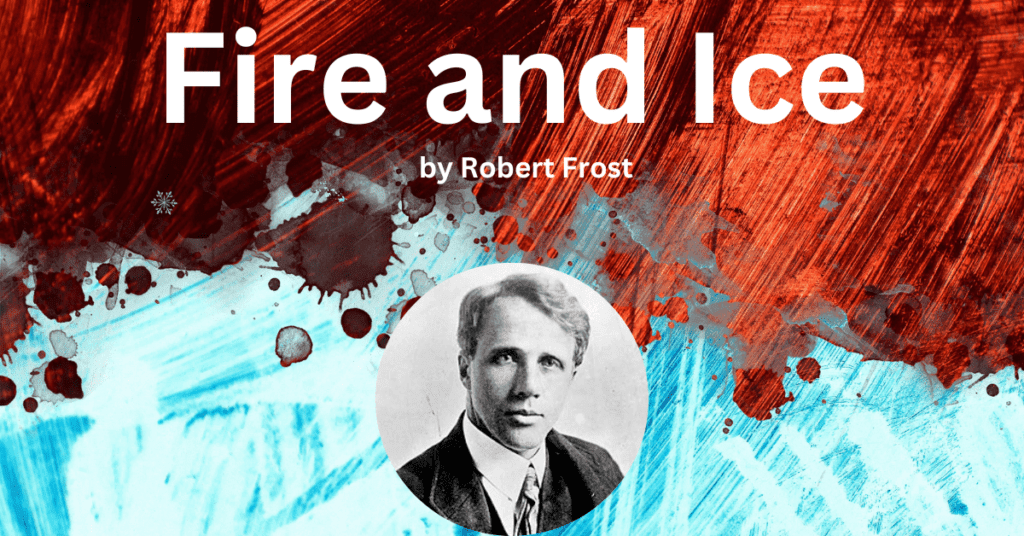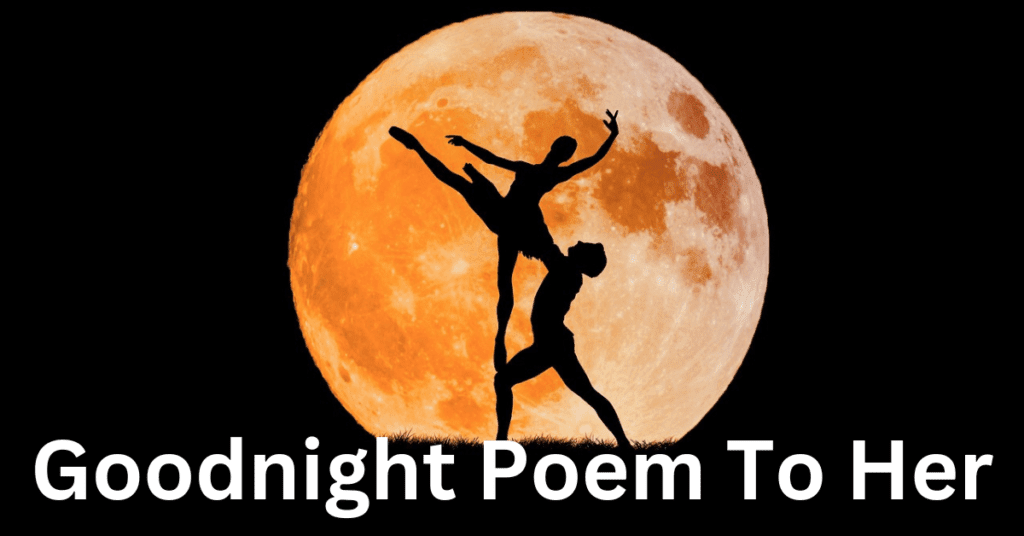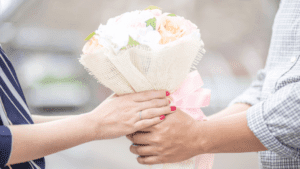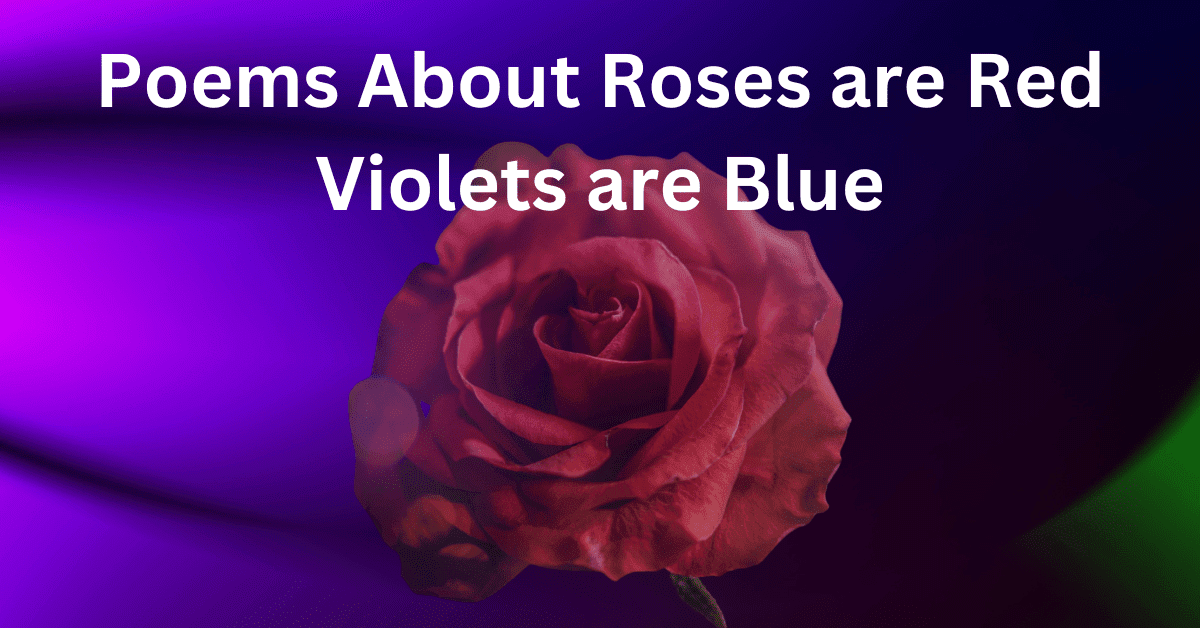
Poems About Roses are Red Violets are Blue
Why “Roses Are Red” Still Captivates Hearts
Few poetic phrases are as instantly recognizable as “Roses are red, violets are blue.” For centuries, these simple lines have been woven into songs, plays, sonnets, and even playful Valentine’s rhymes. They carry both tradition and adaptability, making them one of the most beloved openings in the world of romantic poetry.
But what is it about these lines that has kept them alive from the 16th century to TikTok-era love notes? The answer lies in their balance of simplicity, rhythm, and emotional depth. This article explores the history of the phrase, examples from famous poets, modern adaptations, and even how you can write your own versions to strengthen your personal connections.
Updated: September 2025
🌟 Answer First: Why This Poetic Line Matters
The phrase “Roses are red, violets are blue” endures because it offers an easy yet powerful way to express love, humor, or sentiment. Its rhythm is universally understood, making it accessible to both professional poets and casual writers. Whether in Shakespeare’s plays, Elizabeth Barrett Browning’s sonnets, or today’s Instagram captions, the structure thrives because it combines familiarity with limitless creativity.
📜 The History of “Roses Are Red”
Origins in the 16th Century
The earliest roots of this phrase trace back to a Scottish ballad, later popularized by Robert Burns in “A Red, Red Rose.” His lines—
“O my luve’s like a red, red rose,
That’s newly sprung in June;
O my luve’s like the melody,
That’s sweetly played in tune.”
—set the stage for roses as symbols of enduring passion.
Shakespeare’s Playful Touch
In Twelfth Night, Shakespeare wove “roses are red, violets are blue” into witty banter, showing how poetry could be both romantic and lighthearted. His version reminded audiences that love thrives in humor as much as in solemn devotion.
Victorian Adaptations
Poets like Elizabeth Barrett Browning and Christina Rossetti used similar rhythms to explore deep, eternal love and the fragility of memory, expanding the phrase into more reflective contexts.
💘 Famous Examples of the Structure
Elizabeth Barrett Browning – How Do I Love Thee?
“How do I love thee? Let me count the ways.
I love thee to the depth and breadth and height
My soul can reach…”
Though not identical in form, her sonnet carries the same rhythmic intimacy, elevating simple rhyme into timeless devotion.
Christina Rossetti – Remember
Rossetti’s sonnet emphasizes love, memory, and loss, echoing the same gentle cadence that makes “roses are red” so enduring.
🌹 Modern Interpretations: From Humor to Heartbreak
The phrase continues to evolve in the modern age, from romantic poems to playful parodies:
-
Sarah Kay’s twist:
“Roses are red, violets are violet,
Sugar is wonderful, and so is your spirit.”
-
Lang Leav’s bittersweet use:
“Roses are red, violets are blue,
I love you, but now I’m saying goodbye to you.”
From wedding vows to memes, this structure remains adaptable, expressing everything from heartfelt devotion to comic relief.
✍️ How to Write Your Own “Roses Are Red” Poem
Step-by-Step Guide
-
Start with the classic line: “Roses are red, violets are blue.”
-
Choose your theme: romantic, humorous, nostalgic, or playful.
-
Add contrast or surprise:
-
Romantic: “Sugar is sweet, and so are you.”
-
Playful: “Roses are red, tacos are tasty, I think of you daily, especially when hasty.”
-
-
Keep it short and rhythmic so it’s easy to remember.
🌟 5 Ways Poetry Strengthens Relationships
-
Creates emotional intimacy – Sharing poems opens up vulnerability.
-
Keeps romance alive – Small verses can rekindle everyday affection.
-
Preserves memories – Poems become keepsakes of love’s journey.
-
Bridges long-distance gaps – Simple verses travel across texts and letters.
-
Encourages creativity together – Writing playful versions can be a couple’s bonding activity.
📊 Romantic Poetry vs. Modern Love Quotes
| Aspect | Romantic Poetry 🌹 | Modern Love Quotes 💬 |
|---|---|---|
| Depth | Rich in metaphor, layered meaning | Short, relatable, often witty |
| Emotion | Slow-burning, timeless expression | Quick emotional spark |
| Best Use | Letters, anniversaries, keepsakes | Social media posts, texts |
| Impact | Builds lasting memory and intimacy | Boosts instant connection |
❓ FAQ: Roses Are Red Poems
Q1: Where did the “roses are red” phrase originally come from?
It traces back to 16th-century poetry, popularized by Robert Burns and later Shakespeare.
Q2: Why has it remained popular for centuries?
Because it’s simple, rhythmic, and endlessly adaptable to love, humor, and reflection.
Q3: Can I write a funny version for my partner?
Absolutely! Playful rhymes often make the best surprises in relationships.
Q4: Is this structure still used in modern literature?
Yes—contemporary poets like Sarah Kay and Lang Leav continue to reinvent it.
Q5: Do love poems really strengthen relationships?
Yes—studies suggest that couples who share poetry and affectionate words feel up to 20% closer emotionally.
❤️ Conclusion: Why Roses Will Always Be Red in Poetry
From Burns to Shakespeare, Browning to Lang Leav, the phrase “Roses are red, violets are blue” has carried the torch of love through centuries. Its enduring charm lies in its simplicity, adaptability, and emotional resonance. Whether spoken sincerely in a wedding vow, scribbled in a love note, or playfully reimagined in a meme, these words keep love alive in the most universal language we have: poetry.
So, why not write your own version today? Share it with someone special—or keep it as a secret verse in your journal. After all, poetry reminds us of a timeless truth:
🌹 Love, when spoken, never fades.
📌 Explore more romantic love poems here
